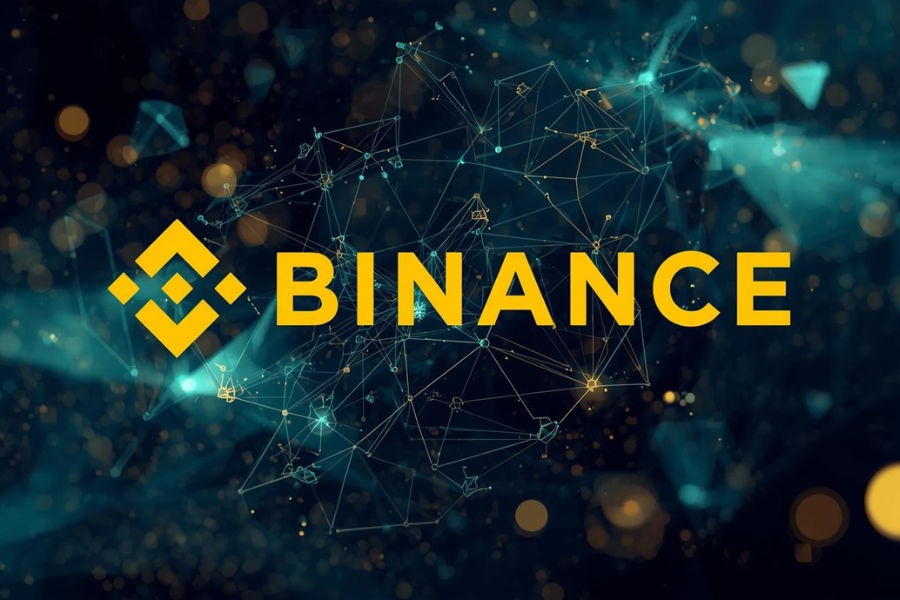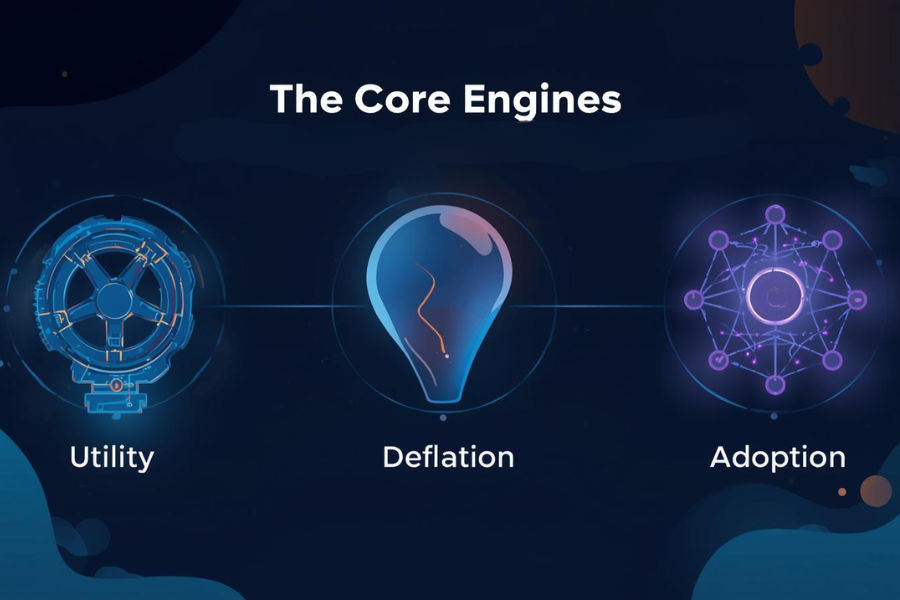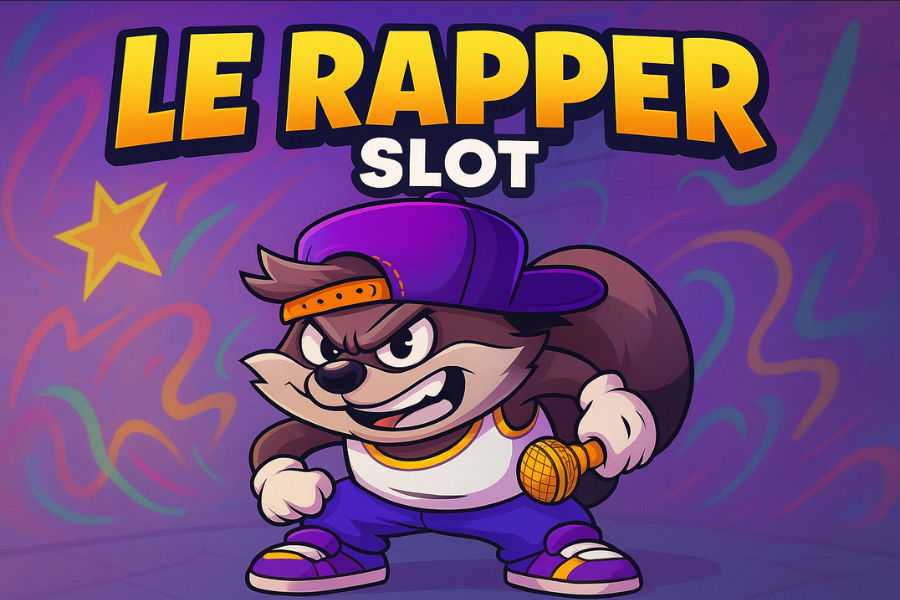BNB tem sido uma criptomoeda de bilhões de dólares por muitos anos na comunidade descentralizada e em si mesma; esse tempo é apenas um pouco antes da aparência hipotética da próxima geração: em setembro de 2025, BNB atingiu a marca de US$ 1.000 pela primeira vez, permanecendo persistente como um ladrão na noite. A ultrapassagem de 4 dígitos foi mais do que uma simples travessia de limite arbitrária; foi a travessia de uma poderosa fronteira psicológica e financeira e foi fundamental para mover o BNB de ser meramente considerado uma criptomoeda fantástica para ser posicionado como um verdadeiro empreendimento de ponta da indústria cripto. Imediatamente após atingir o novo recorde histórico, o BNB tirou o aspirante a concorrente Solana (SOL) da quarta posição em capitalização de mercado global.
Esta dupla vitória de atingir US$ 1.000 e superar Solana reverberou por todo o universo cripto. Marcou a força do ecossistema Binance, desde sua máquina de exchange centralizada até o florescente mundo Web3 descentralizado da BNB Chain. Para investidores, desenvolvedores e observadores dos mercados, é um lembrete de que este token, criado para simplesmente reduzir o custo de negociação, evoluiu para se tornar um dos ativos mais significativos nas finanças digitais.
A Longa e Tortuosa Estrada para Quatro Dígitos

BNB foi lançado em 2017 através de uma Oferta Inicial de Moeda e inicialmente cunhado na blockchain Ethereum; Era apenas um token funcional, destinado a oferecer aos usuários descontos nas taxas de negociação, servindo meramente como uma ferramenta de fidelidade para a nova e ambiciosa exchange.
A trajetória de crescimento do BNB tem sido diretamente relacionada à ascensão meteórica da própria Binance. Sendo a exchange com o maior volume, os picos na demanda por BNB surgiram devido à crescente importância da plataforma Binance. O jogo começou em 2020, quando a Binance revelou uma nova blockchain conhecida como Binance Smart Chain, que mais tarde foi renomeada para BNB Chain; o BNB ganhou utilidade muito além de apenas exchanges e entrou em um ecossistema de contratos inteligentes descentralizado. A corrida de alta de 2021 ganhou momentum com a popularidade da cadeia impulsionando o BNB a um recorde histórico de quase US$ 690.
Ao longo de 2023 e início de 2024, o BNB esteve em uma fase de consolidação, recuando e construindo uma base forte. Embora os preços não estivessem subindo, não houve estagnação no ecossistema. Desenvolvedores continuaram investindo na melhoria da BNB Chain, a Binance ainda era a principal exchange centralizada, e os mecanismos de queima continuaram a reduzir a oferta de tokens.
Quando setembro de 2025 chegou, estava claro que o esforço tinha valido a pena. O teto anterior de 2021 foi finalmente quebrado, pois o BNB atingiu quatro dígitos. Isso não foi um pico especulativo passageiro; foi o resultado de anos de construção estratégica. O nível de US$ 1.000 imediatamente transitou de uma meta simbólica para se tornar um novo nível de estrutura de mercado de suporte - uma mensagem para compradores de varejo e players institucionais de que o BNB estava agora em uma nova era.
Os Motores Principais: Utilidade, Deflação e Adoção

Para entender melhor o aumento de preço do BNB, é importante considerar o efeito combinado de três impulsionadores poderosos, cada um dos quais beneficiou o BNB separadamente e coletivamente. Primeiro, o BNB se beneficia de sua configuração e utilidades Web3. Segundo, o BNB se beneficia da demanda contínua e duradoura criada e sustentada pela exchange centralizada da Binance. Terceiro, a escassez gerada por sua estrutura deflacionária é vantajosa para o BNB. A BNB Chain, em particular, tem fornecido a maior fonte de crescimento nos últimos meses. Uma vez considerada uma alternativa viável de cadeia de contratos inteligentes, ela amadureceu para se tornar uma potência global para finanças descentralizadas, jogos e ativos digitais, todos interconectados como aplicações descentralizadas desenvolvidas sobre a estrutura da BNB Chain. A BNB Chain é atraente por sua velocidade e acessibilidade; reduziu os tempos de bloco para menos de um segundo, e as taxas de gás ainda são substancialmente menores que um centavo. Será difícil para os concorrentes alcançarem a mesma experiência integrada para desenvolvedores e usuários. A adoção tem sido espantosa, com milhões de endereços ativos diários e bilhões de dólares travados em seus protocolos DeFi.
O ecossistema está crescendo em novas fronteiras também. À medida que ativos do mundo real estão sendo tokenizados, isso colocou essa tendência muito em destaque na discussão para o advento de 2025, com a BNB Chain encontrando um lugar como um ator importante no futuro.
Parcerias com instituições financeiras agora permitem que ativos tradicionais sejam representados on-chain, criando assim novos fluxos de capital. Ao mesmo tempo, a infusão de inteligência artificial abre as portas para mercados de dados descentralizados e aplicações autônomas inteligentes, posicionando a cadeia como mais do que simplesmente outra Layer-1; é uma plataforma tecnológica em evolução para a próxima década de inovação.
Ao mesmo tempo, a exchange centralizada da Binance continua a fornecer uma fonte constante e confiável de demanda. Detentores de BNB desfrutam de uma gama de benefícios reais, como descontos em taxas de negociação e acesso prioritário a vendas de tokens no Launchpad. Para o trader de alta frequência, esses descontos são indispensáveis, e para usuários de varejo, a oferta de acesso antecipado e acesso exclusivo aos projetos mais quentes está gerando continuamente pressão de compra. Fazer staking de BNB também reduz a oferta circulante e representa outra maneira de o BNB ser retirado de circulação, garantindo que uma quantidade significativa de BNB seja bloqueada no ecossistema.
No cerne de tudo está o modelo deflacionário do BNB. Inicialmente, com uma oferta de 200 milhões de tokens, o plano, datado de 2017, é reduzi-la para 100 milhões. Isso acontece através de uma combinação de auto-queimas trimestrais e queimas de taxas de gás em tempo real através do protocolo BEP-95. Quanto mais a rede é usada, mais rapidamente sua oferta se contrai, ao contrário dos modelos inflacionários, que diluem o valor. A escassez pode aumentar à medida que a adoção aumenta. Para mim, pelo menos, o ponto de preço de US$ 1.000 foi um tanto inevitável, pois esse modelo resolve incessantemente para baixo.
BNB vs. Solana: O Giro na Capitalização de Mercado
A ultrapassagem de US$ 1.000 foi rapidamente seguida por um grande evento: o BNB superou a Solana em capitalização de mercado. Solana serviu como a concorrente mais próxima do BNB no ranking de Layer-1 por anos, e seu foco em alto throughput e infraestrutura de alta performance gerou manchetes diárias, ganhando o apelido de “assassino do Ethereum”. Mas o giro na capitalização de mercado em setembro de 2025 revelou algo mais profundo.
A vantagem do BNB não reside apenas na velocidade ou alto throughput. Em vez disso, é construído sobre uma estrutura híbrida na interseção da demanda de exchanges centralizadas e o crescimento da Web3 descentralizada, ao mesmo tempo em que se beneficia da deflação estrutural. Essa utilidade em camadas cria uma base mais estável do que o foco da Solana em performance técnica. A inovação contínua da Solana e sua capacidade de atrair desenvolvedores são ambas fortes vantagens; no entanto, a convergência do BNB com a maior exchange do mundo e a oferta em declínio provaram ser os fatores decisivos para impulsioná-lo à frente.
O giro não foi apenas simbólico. Solidificou o BNB como um concorrente líder de Layer-1 com uma base de demanda mais ampla e estável. Foi também um sinal para investidores de que, se estiverem interessados em viabilidade de longo prazo, ela será uma função da adoção do ecossistema e da economia do token, não apenas dos padrões técnicos. Para Solana, foi um lembrete de que velocidade sozinha não é garantia de domínio. Para BNB, uma confirmação de que o modelo híbrido funciona.
Oportunidades e Desafios à Frente
A ultrapassagem de US$ 1.000 e a superação da Solana não representam o fim da jornada do BNB; é, na verdade, o início de sua próxima fase. O cenário está aberto e as possibilidades são vastas. À medida que investidores institucionais migram para ativos de alta capitalização de mercado que têm posições estáveis no escalão superior, a comunidade de desenvolvimento se beneficia da combinação de bases de usuários monstruosas, baixas taxas e infraestrutura em expansão, tornando a BNB Chain um dos lugares mais atraentes para construir.
No entanto, muitos desafios permanecem. A regulamentação é tanto o fator mais otimista quanto o mais perigoso. O recente euforia foi, em parte, alimentada pela especulação de que o ambiente regulatório da Binance pode ter se estabilizado (particularmente nos EUA). Quaisquer indícios de que a fiscalização diminuiu, ou que os obstáculos de conformidade e regulatórios foram superados, ofereceriam uma redução substancial no perfil de risco do BNB. Alternativamente, reveses legais adicionais reintroduziriam volatilidade.
Ethereum ainda é o padrão de contratos inteligentes, enquanto Solana, Avalanche e outros continuam a buscar inovação. Para manter sua liderança com o BNB, é vital seguir seu roteiro, aprimorar ativos do mundo real, integrar aplicações de IA e continuar focando em velocidade, custo e disponibilidade.
Conclusão
A dupla conquista do BNB ultrapassando US$ 1.000 e adquirindo o terceiro lugar em capitalização de mercado, superando Solana, é um marco importante para os ativos digitais. O BNB começou como um token de utilidade relativamente simples, fornecendo descontos em uma exchange, mas se diversificou em um componente chave de um dos ecossistemas mais significativos do mundo cripto. O sucesso do BNB não foi apenas impulsionado pela especulação, mas também pelo resultado de anos de construção de ótima infraestrutura, tokenomics deflacionários consistentes e uma combinação distinta de demanda centralizada e descentralizada.
O marco estabelece o BNB como um pilar de portfólios globais de longo prazo para investidores, e para desenvolvedores, ele destaca a cadeia como um ecossistema de alto desempenho a baixo custo com alcance incomparável, e para toda a indústria cripto, o BNB não é mais apenas um token da Binance. O BNB se tornou um ativo de infraestrutura global que é indispensável para as finanças centrais e a inovação descentralizada.
Seu ponto de preço de quatro dígitos e o "giro" na capitalização de mercado não é apenas uma vitória no momento: é um sinal de para onde o futuro das criptomoedas está se dirigindo.














